Did you know that there is a group of incredible women that harvest sea creatures in the ocean for hours a day? They're called haenyeo (해녀), the freediving ladies of Jeju Island.
In the past, Korean society labeled men as the pillar of the family, and they were expected to be the breadwinners. But these women of Jeju Island challenge the traditions as they have been working hard to support their families by diving into the ocean!
The Origins Of Haenyeo
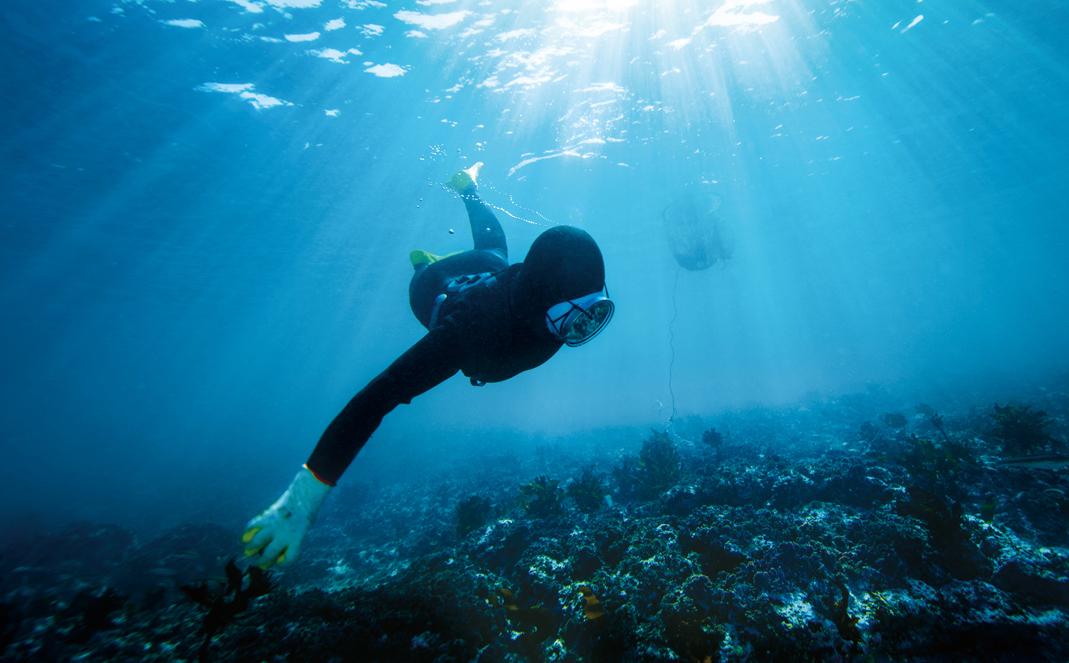
The origins of haenyeo (Korean female divers) are assumed to have existed since the primeval era when humans began to search for food on islands in the sea.
All of them come from the island of Jeju.
It is a career for women who were determined to support their families by diving in for food.
Despite being originated from Jeju Island, the career itself isn't just limited to Jeju. Haenyeos can be found in nearby areas such as Busan, the East China Sea, and the South China Sea. Also in further in countries such as Japan, Southeast Asian countries, and even Russia.
Back in the days, if the women in Jeju weren't working in the fields, they would have to work in the sea. It is said that girls practice swimming and diving at the age of 7 or 8 and then learn how to dive deeper at the age of 15.
Then they start their careers as a haenyeo until their older years.
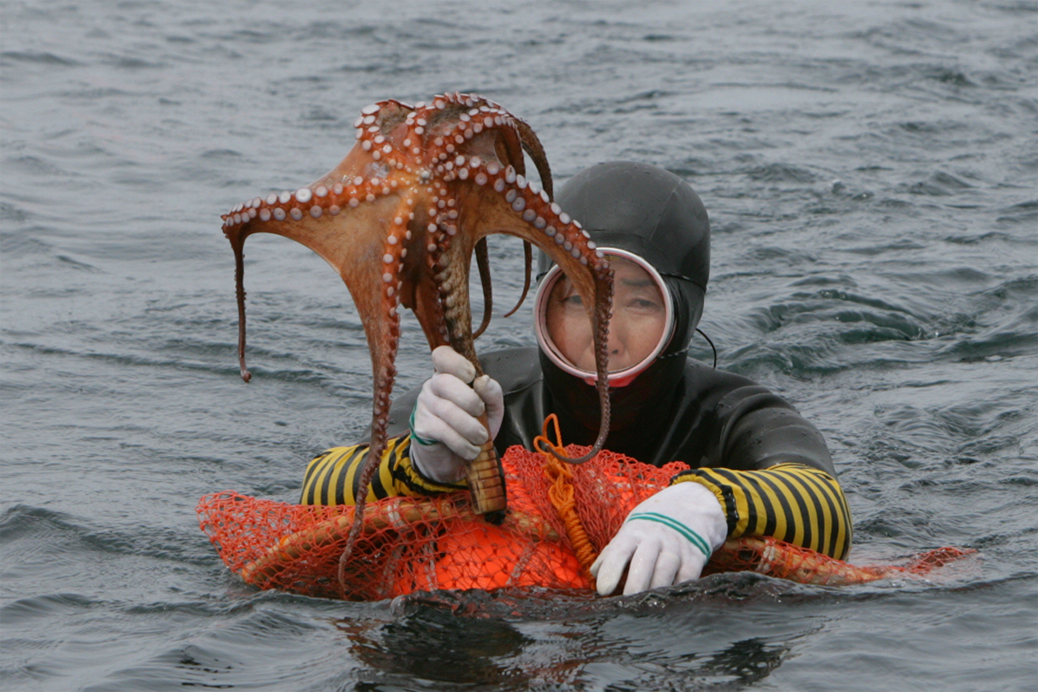 Source: 서울신문
Source: 서울신문
In Korea, it is reported that the class status of being a haenyeo was relatively low in 1105, during the 10th year rule of King Sukjong of Goryeo. The former Jeju Island ambassador issued an order saying, "Haenyeos are prohibited from working naked," and "Haenyeos are prohibited from working together."
From old records in Jeju Folklore, the first records that document the life of haenyeo in Jeju Island in detail write about the poor life of haenyeos who have been robbed and abused.
What Do They Do?
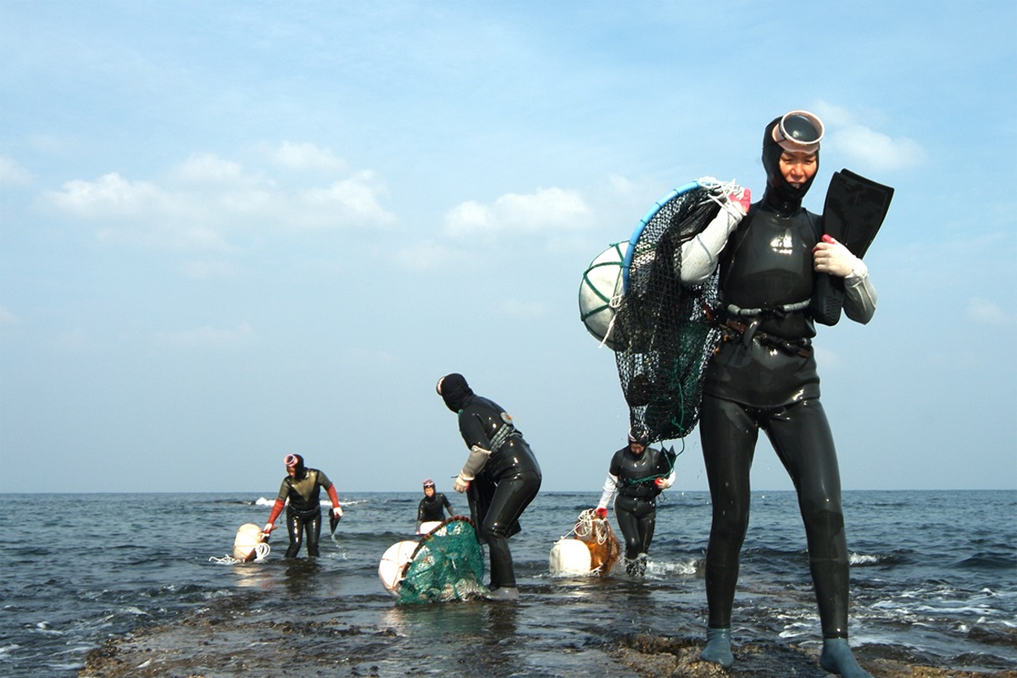 Source: jejudomin
Source: jejudomin
From spring to autumn is usually when people go out to the sea in the warmth. This applies to haenyeos, who are also looking for fishes in the sea as well. The way that they catch their fishes is completely different than what we know fishing to be like.
Haenyeos have a very interesting diving technique passed down from generations as they can dive several meters deep without the need for oxygen tanks. An experienced haenyeo can dive more than 20 meters deep and hold their breath for more than 3 minutes!
Scientists originally thought that they might have a special gene that helps them in the sea. But after examination, they found that they're just normal people without any special powers, who have been trained very well since a young age.
The skill levels can be divided into high (상군), middle (중군), and low (하군). The pay for their work will also vary depending on their skills and experience.
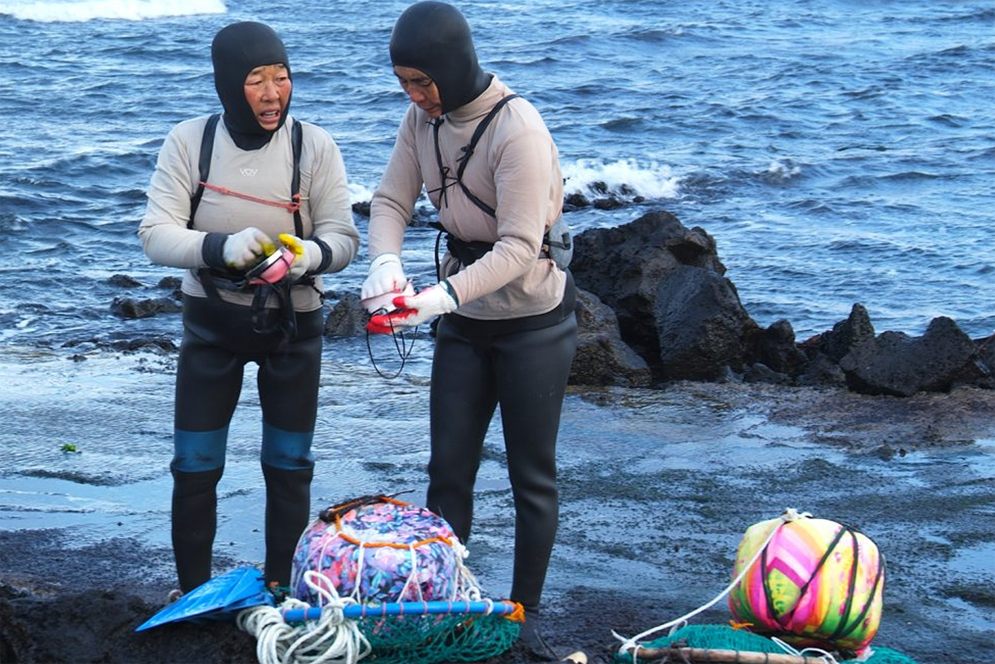 Source: Korea National Commission for UNESCO
Source: Korea National Commission for UNESCO
Haenyeos wear wetsuits and waterproof goggles to improve work efficiency and reduce various risk factors when diving to find marine animals.
They use tools to harvest seafood such as abalone, octopus, and other sea creatures.
The Risks
 Source: OhmyNews
Source: OhmyNews
The longest diving time for haenyeos is around 7 hours. Therefore, most of the risks they face are tinnitus and hypothermia. They also have a duty to clean up trash and corpses in the sea.
According to a haenyeo from Jeju Island, during their harvest, female divers who dive into the deep sea suffer from different water pressures when rising to the surface, fear of suffocation, and always being aware that they could die at sea during work.
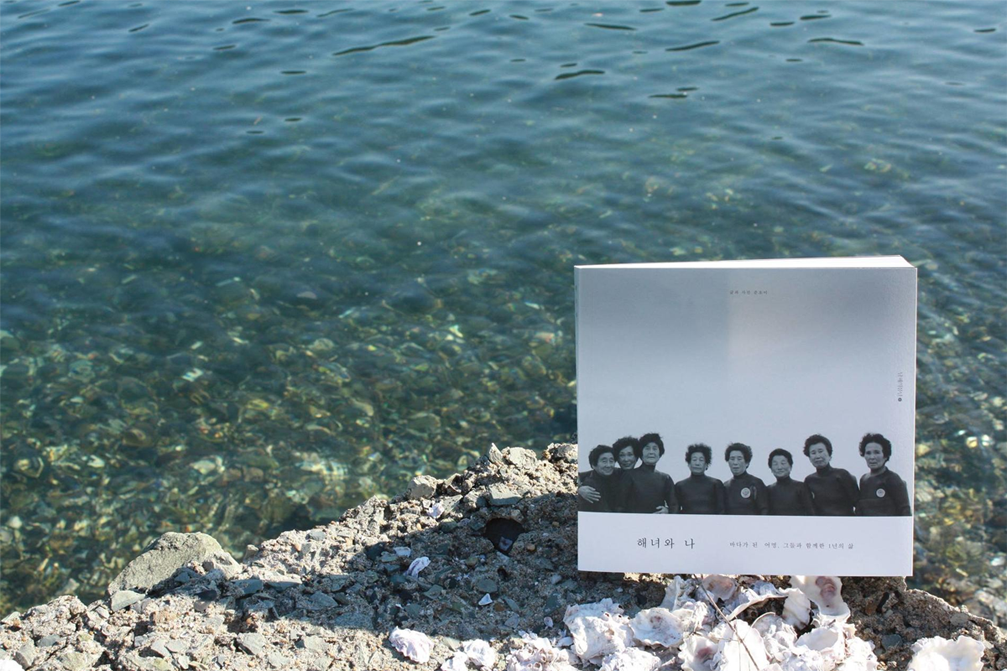 Source: Namhaebomnal
Source: Namhaebomnal
Therefore, folk songs like "The Boundary of Life and Death (생과 사의 경계)", and "Back and Forth in the Path of the Underworld (저승길 왔다 갔다)" all refer to the fear and desperation of the life of haenyeos.
Additionally, in 1981, there was a tragedy in which a hanyeo was killed by a shark when she was diving to find food in the sea.
Why Only Women?
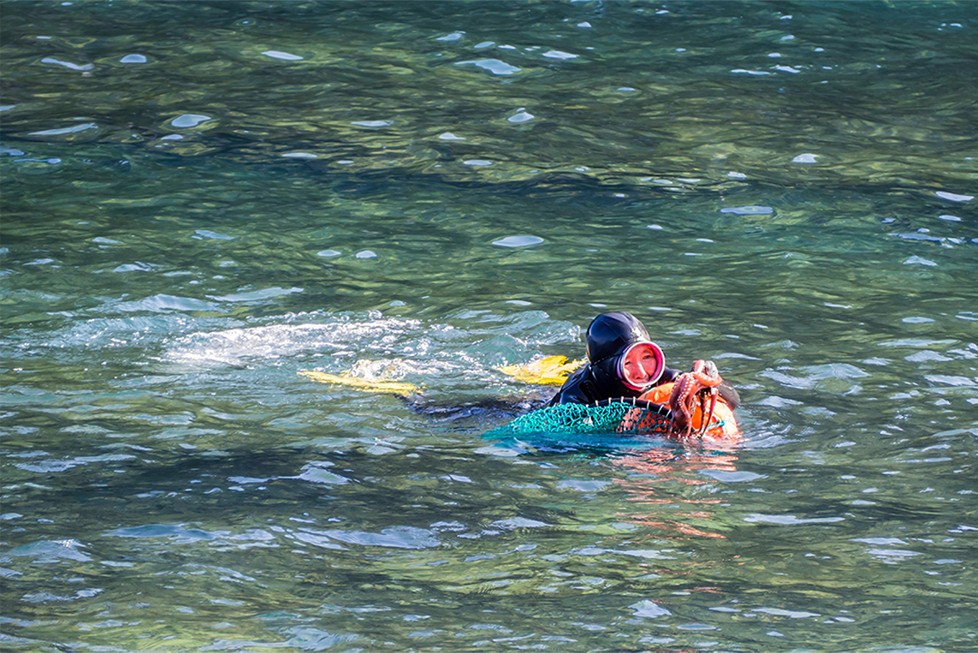 Source: The National Folk Museum of Korea
Source: The National Folk Museum of Korea
At this point, you're probably wondering why is it only women that are haenyeos?
Well, it's important to consider the innate structure of the body. Compared to men, women have a higher body fat percentage and are more resistant to the low temperature at sea.
However, in the Joseon Dynasty, there are also examples of men who dived and harvested seafood. They are called pojakin (포작인).
 Source: Herald Corporation
Source: Herald Corporation
In the 19th century, westerners visiting the Korean peninsula brought the image of haenyeo back to their own countries and called them "mermaids who can swim freely in the sea" and "oriental mermaids".
However, the reality of haenyeos is much more different and definitely not the fantasy that they made it out to be.
A lot of Koreans want the world to be more aware of the poverty of haenyeos instead of fantasizing about them by using words such as "mermaids" or "women of the sea".
Haenyeo In The Present
 Source: OhmyNews
Source: OhmyNews
Nowadays, haenyeos of Jeju Island have become one of the most valuable people in the world. The number of haenyeos has decreased from 20,000 to less than 4,000 as many women from Jeju move to major cities such as Seoul to study and work.
Therefore, the skills and culture of haenyeo are more difficult to pass down from generations. However, there are still a lot of haenyeos who still insist on protecting the culture.
Additionally, Jeju Island has a museum that introduces the history of haenyeo and its cultural background.
Many restaurants use advertising that says "Seafood caught by haenyeo" instead of using machines to catch their food which has less impact on the ecosystem and makes the food good quality as well.
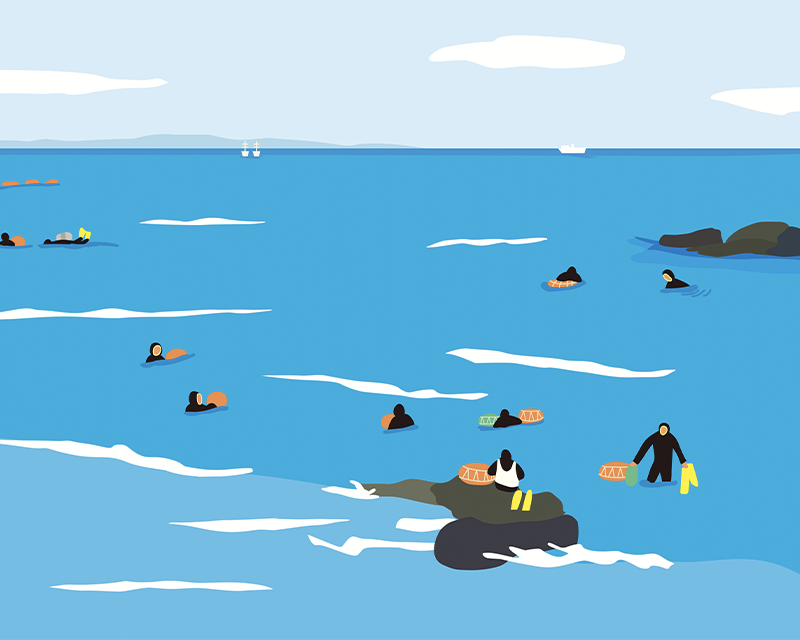
Today we learned more about the history and culture of haenyeo! It's pretty amazing, isn't it?
The culture of haenyeo has been added to UNESCO's intangible cultural heritage list as of November 2016.
Wouldn't you want to try the seafood caught by a haenyeo?

